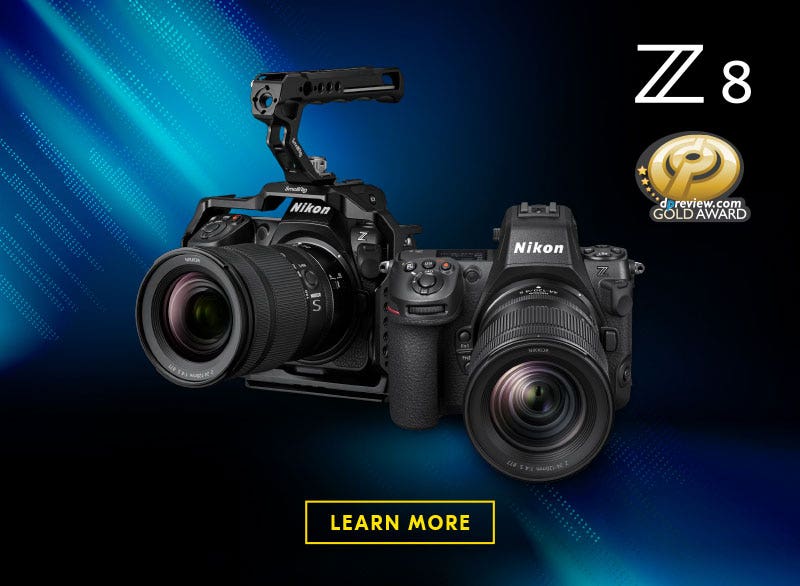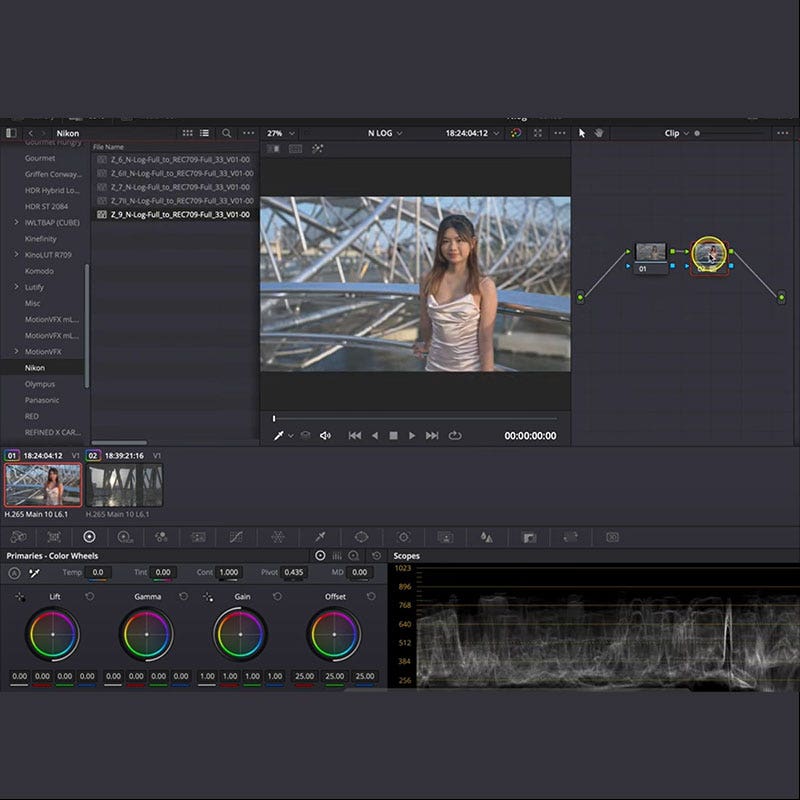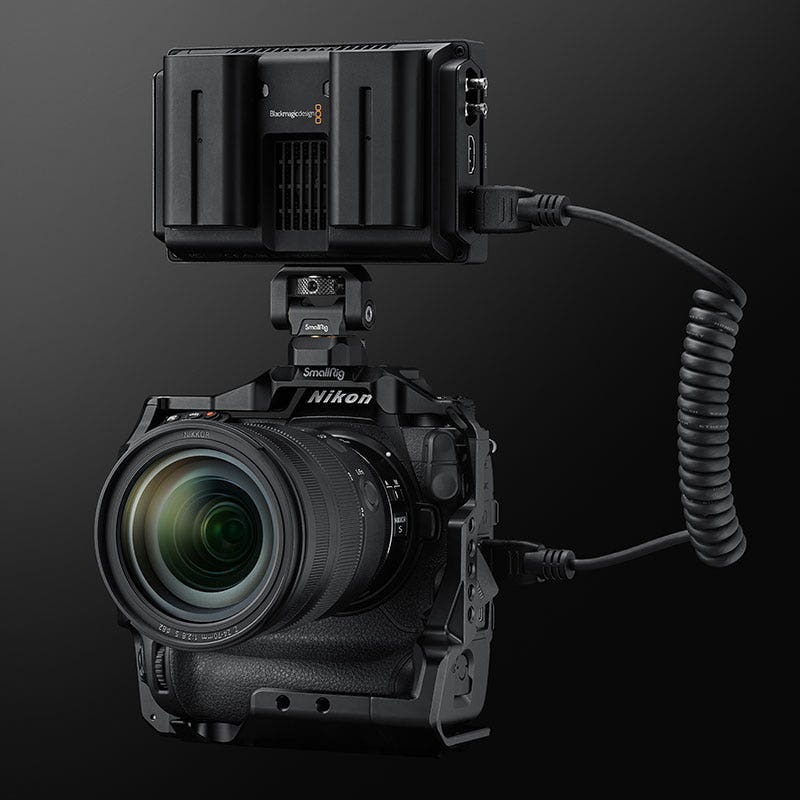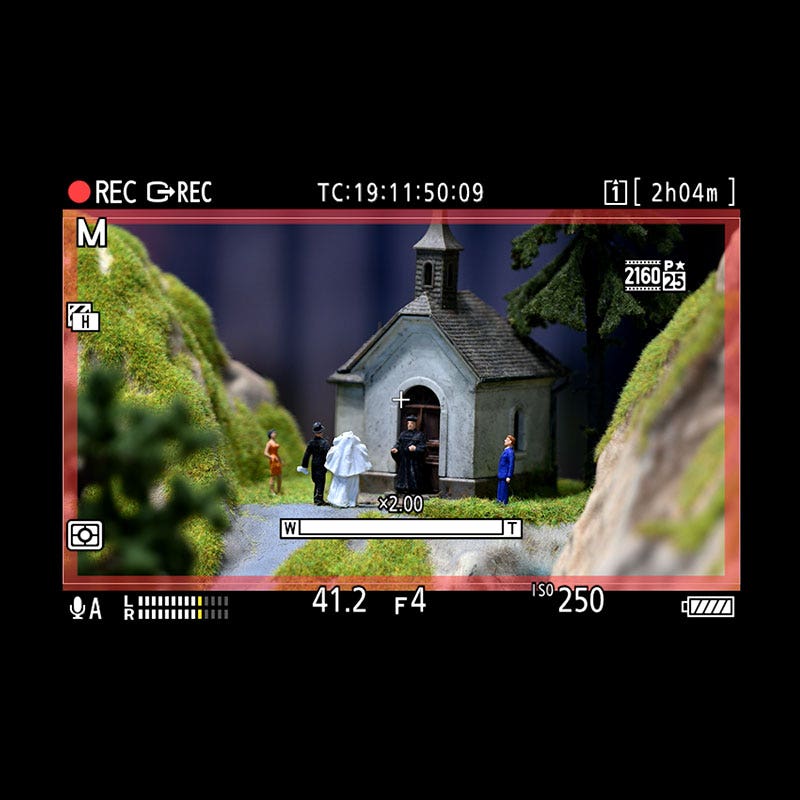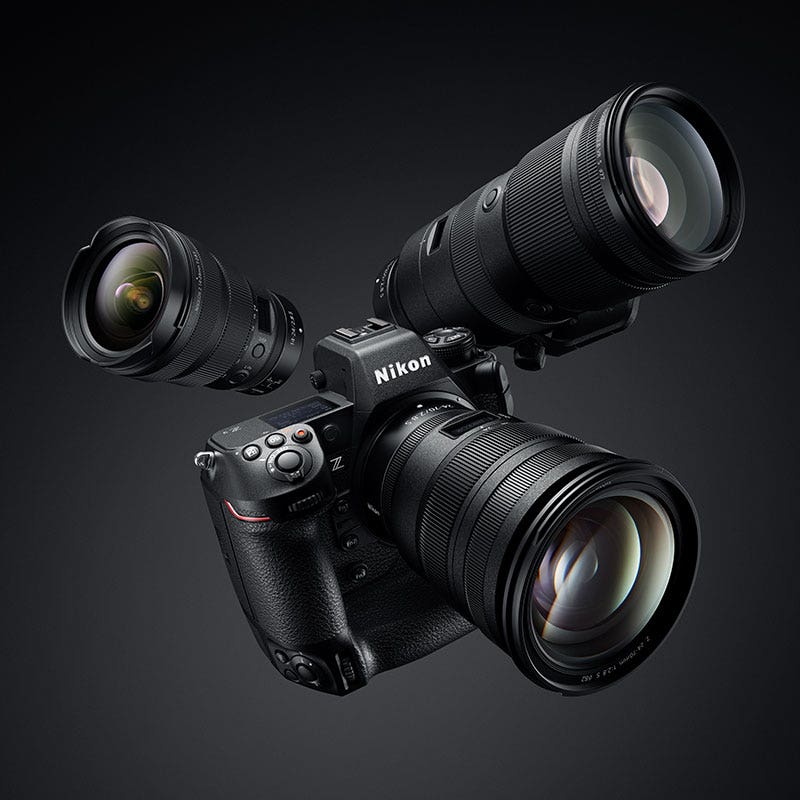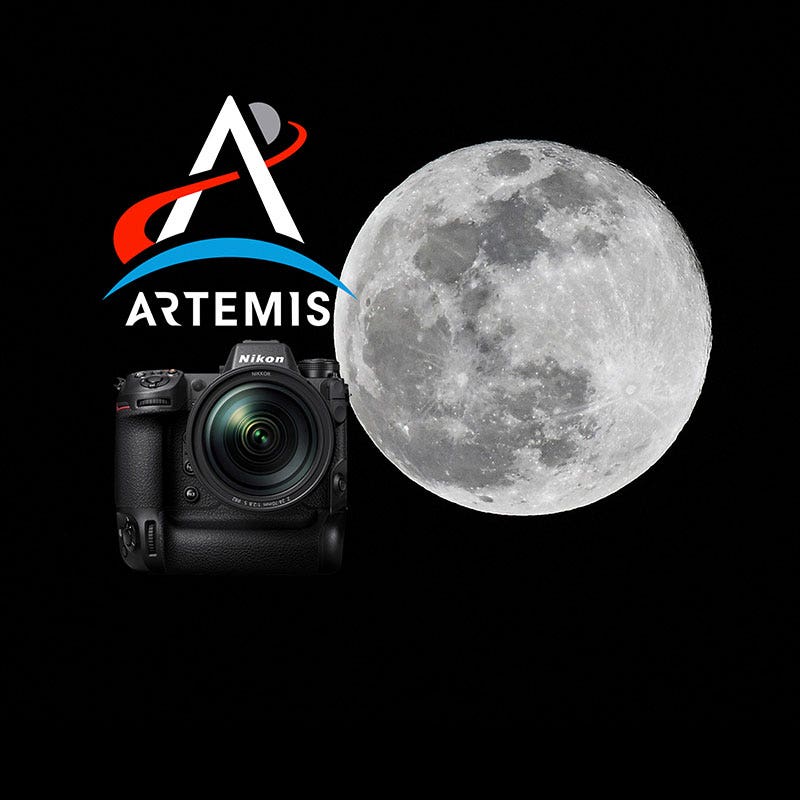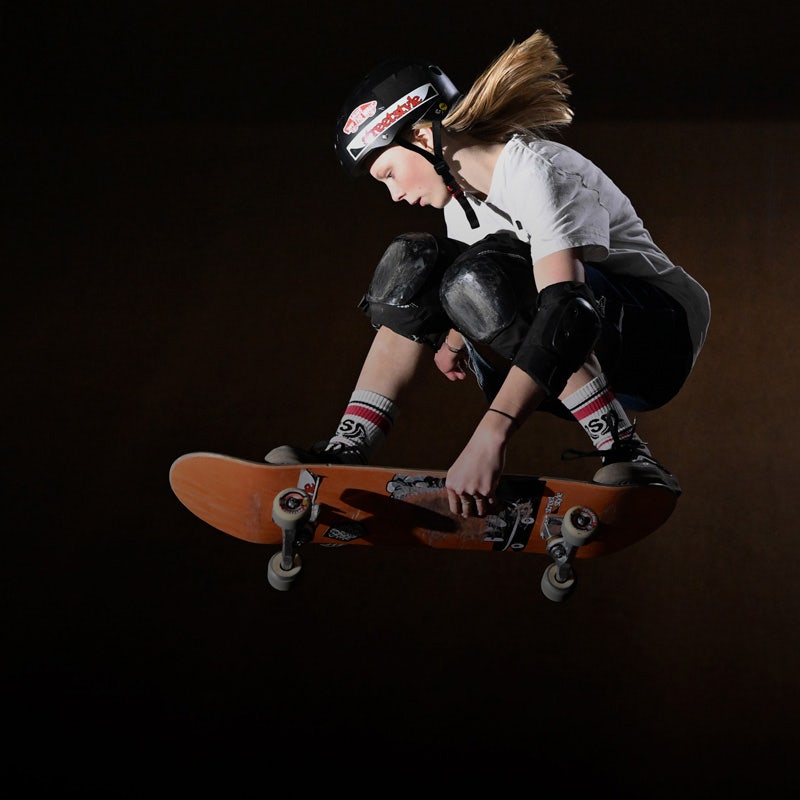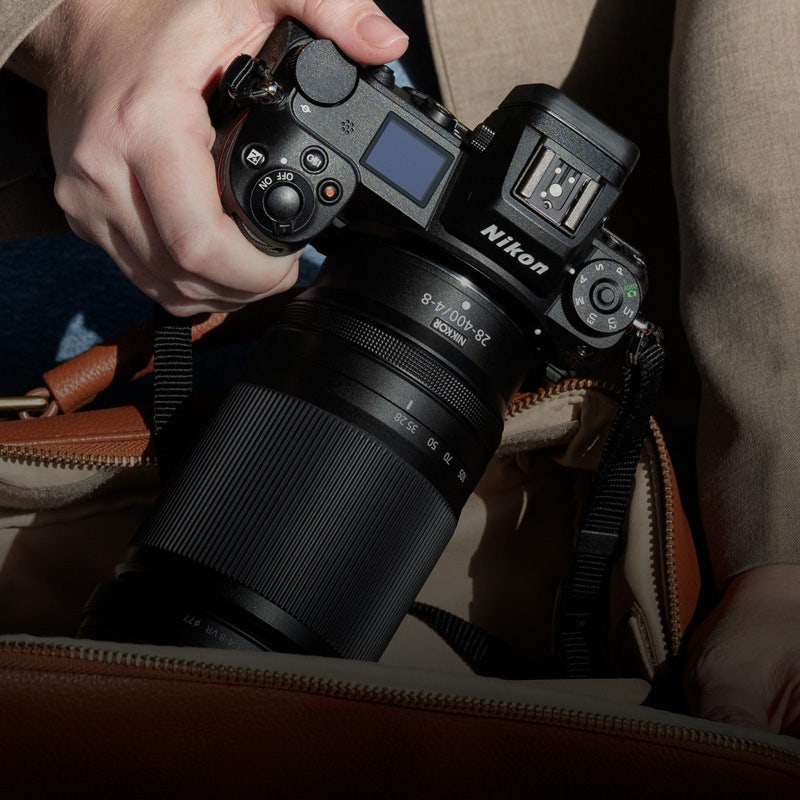

Fundamentals
Getting the Purr-fect Picture
The likes of renown pet photographer Walter Chandoha showed us how cat-ography is not just about cuteness but also about capturing the duality of cats, which can be as agile as they are aloof.
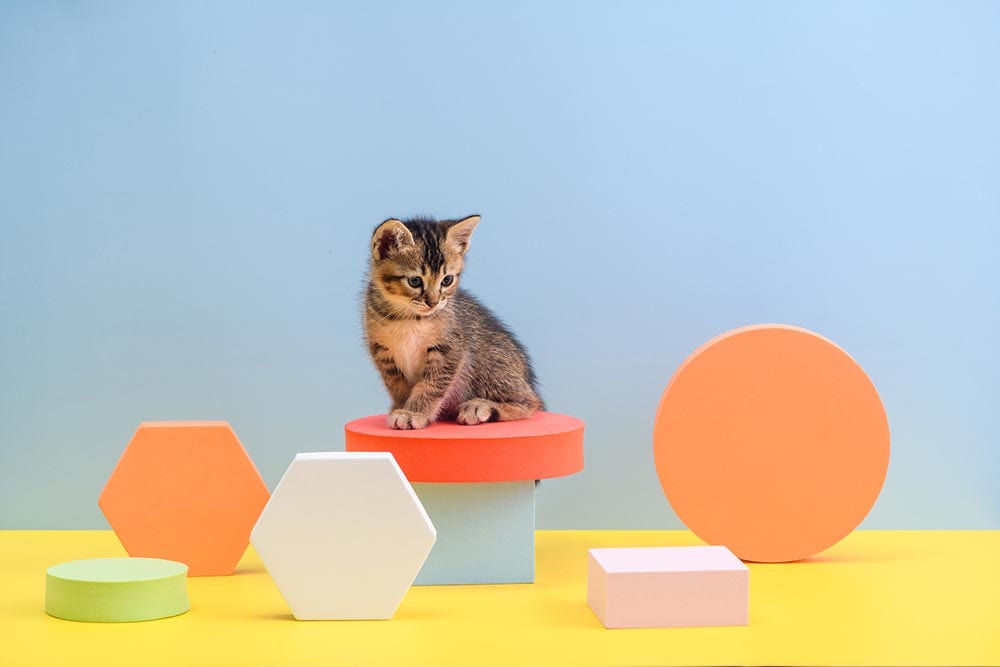

Photographed with Nikon D850 and AF-S VR Micro-Nikkor 105mm f/2.8G IF-ED. ISO 320 | f/9 | 1/160s | 105mm
While cat owners are the ones who would be most interested to get professionals shots of their fur babies, cat photography also plays a big part in pet adoption drives by animal shelters and other similar efforts to foster or rehome them. Cat cafes would also look for photographers who can capture the personalities of their cats at the venue.
Tip #1
If you’re not around cats much, you may want to brush up your knowledge on cat body language and signals to have a good gauge of the cat you’re photographing. A most common sign to look out for is how they display their tails. Unlike a dog, a cat flicking or thumping its tail is not normally seen as a sign of friendliness. A tail that is in a straight and tall position with a slightly hooked tip, on the other hand, is usually an invitation for social interaction.
While cat owners are the ones who would be most interested to get professionals shots of their fur babies, cat photography also plays a big part in pet adoption drives by animal shelters and other similar efforts to foster or rehome them. Cat cafes would also look for photographers who can capture the personalities of their cats at the venue.
Big tip: if you’re not around cats much, you may want to brush up your knowledge on cat body language and signals to have a good gauge of the cat you’re photographing. A most common sign to look out for is how they display their tails. Unlike a dog, a cat flicking or thumping its tail is not normally seen as a sign of friendliness. A tail that is in a straight and tall position with a slightly hooked tip, on the other hand, is usually an invitation for social interaction.
You will also want to check in with the owners about the temperament of the cat and ask about its favourite spots in the house or venue. It will give you some ideas on the best angles and compositions to shoot.
Take some time to connect with the cat before the shoot. Some cats take time to warm up to strangers (and some never will even if they are curious), so be sure to keep some space between your camera and the cat for your first few shots. It’s also important to let cats be and not try to coax them into a certain location or position. In instances where a cat would not want to be close to you, you will need to depend on your gear to get the best photos.
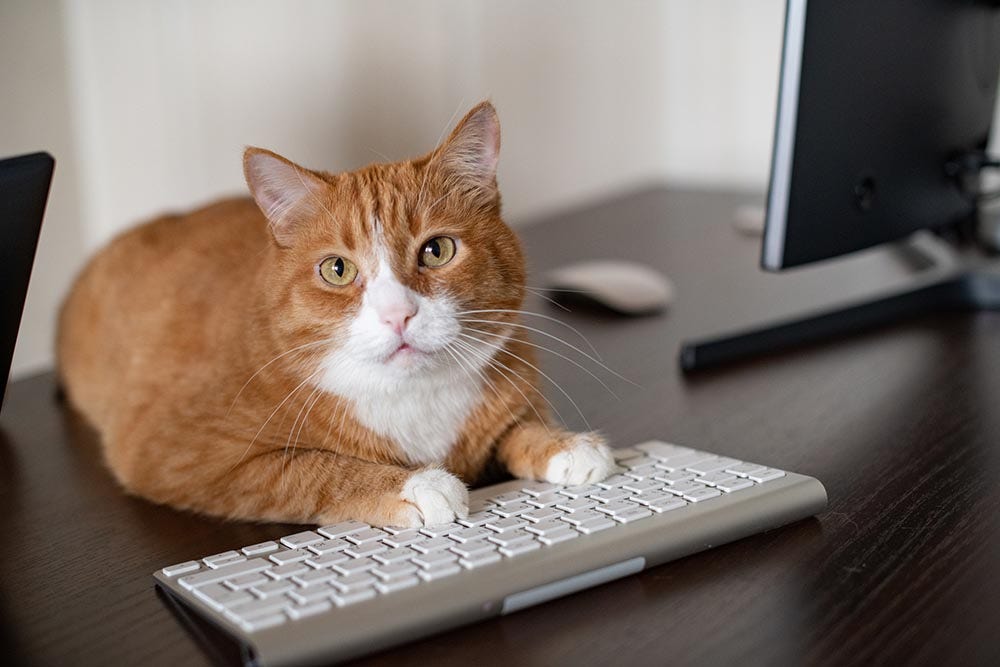

Photographed with Nikon D850 and AF-S DX NIKKOR 18-200mm f/3.5-5.6G. ISO 640 |1/160s | f/2.5| 50mm
Make it Paw-some
Mirrorless cameras like those from the Z series will do a great job of photographing felines in their natural state. As playful cats can be rather unpredictable when they are active, the burst mode or continuous shooting mode will come handy here and you can choose the best shots from the series. The mirrorless system also includes the handy Animal-Detection Autofocus. The camera will automatically detect and focus on the cat's eyes or face, depending on the distance, making it easier to ensure you capture your shot in sharpness. Additionally, the intuitive subject-tracking autofocus also captures the cute kitty’s movements as it crawls or climbs.
Once you see that the cat is relaxed and lounging, you can switch to the manual function to experiment with the best settings to capture them in their element. This is also a good time to use the zoom function to get details of the cat, such as its paws, nose or whiskers, when they are resting or asleep. A mid-range zoom lens between 50mm and 120mm would suffice and you can also toggle between wide or narrow apertures, depending on whether you’re taking the face or body of the cat. The NIKKOR Z DX 18-140mm f/3.5-6.3 VR or NIKKOR Z 24-120mm f/4 S would be good options for achieving such shots of your pets.
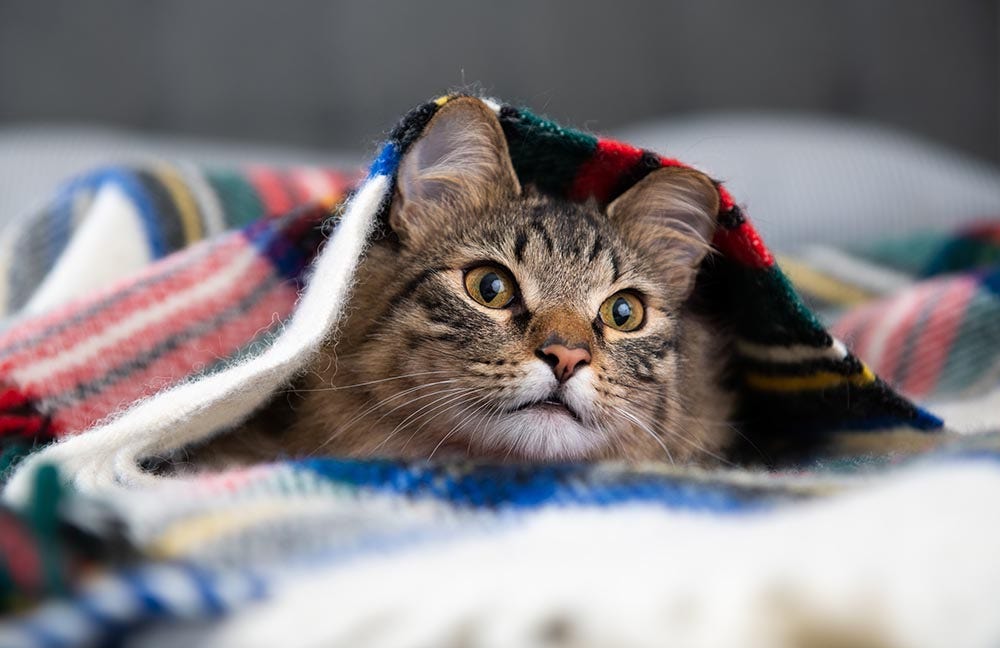

Photographed with Nikon D850 and AF-S NIKKOR 24-70mm f/2.8G ED. ISO 100 | f/2.8 | 1/250s | 70mm
Avoid using flash as it would scare the cat away – natural light works best to give you the lighting required while casting a soft glow on your furry subject. Do note some cats may also get startled by sudden noises and may run and hide if it perceives the sound from your camera's mechanical shutter as a threat. Choose the silent photography option in your mirrorless camera to minimise shutter noise with every click
Keeping Tabs on a Cat
If you need the cat to look in a certain direction, a simple trick is to have a toy dangling to get their attention. You can also switch up the angles. Instead of being on the floor to photograph at the cat’s eye level, try a high angle where you’ll get more light in its eye as the cat looks up to your lens. It’s a great shot especially for cats with different coloured eyes!
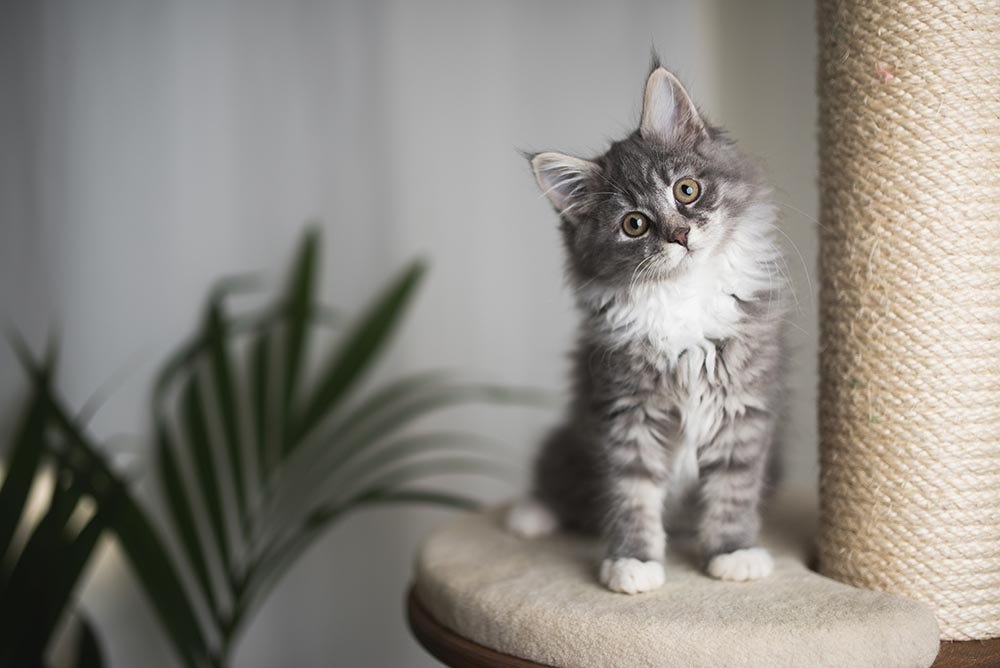

Photographed with Nikon D750 and AF-S NIKKOR 35mm f/1.4G. ISO 100 | f/1.4 | 1/250s | 35mm
When you’re editing your photos, consider having some black and white options, especially if the cat has unique spots or markings on them, or if they’ve been put in a cute costume. Sometimes this will bring out the subject in a different light in contrast to its surroundings.
Like many other genres of photography, it takes a lot of patience to capture cat portraits. With constant practice, you will soon be like the cat that got the cream with your images.

